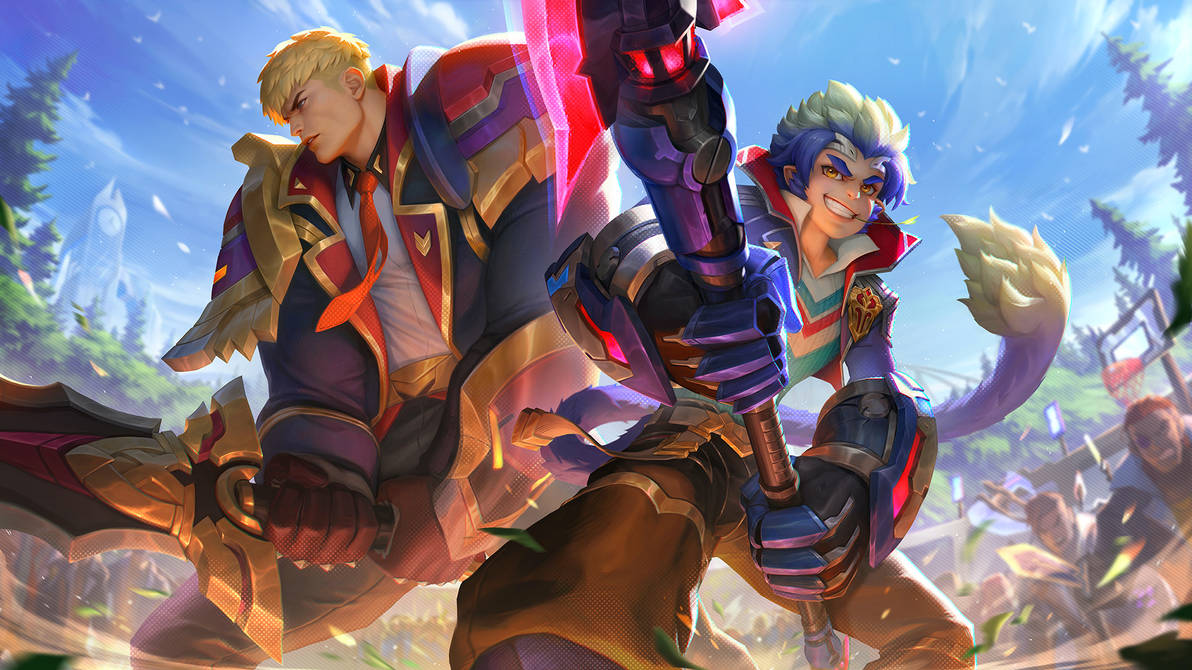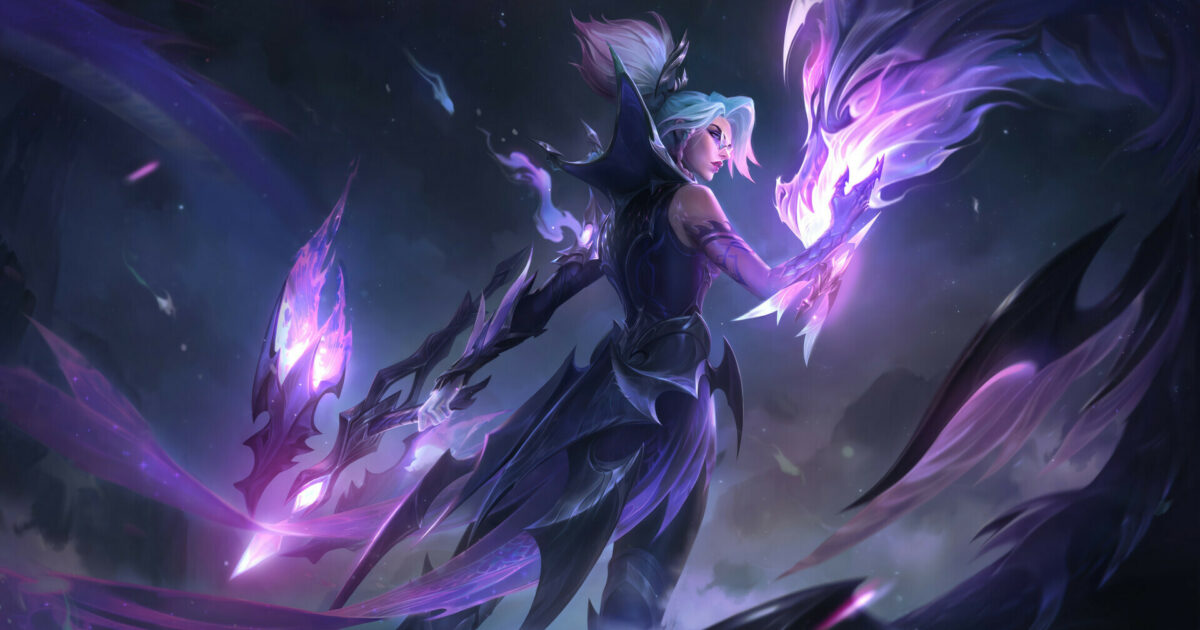Ranked & High MMR Accounts Restocked! Skip the grind – start winning ⚡


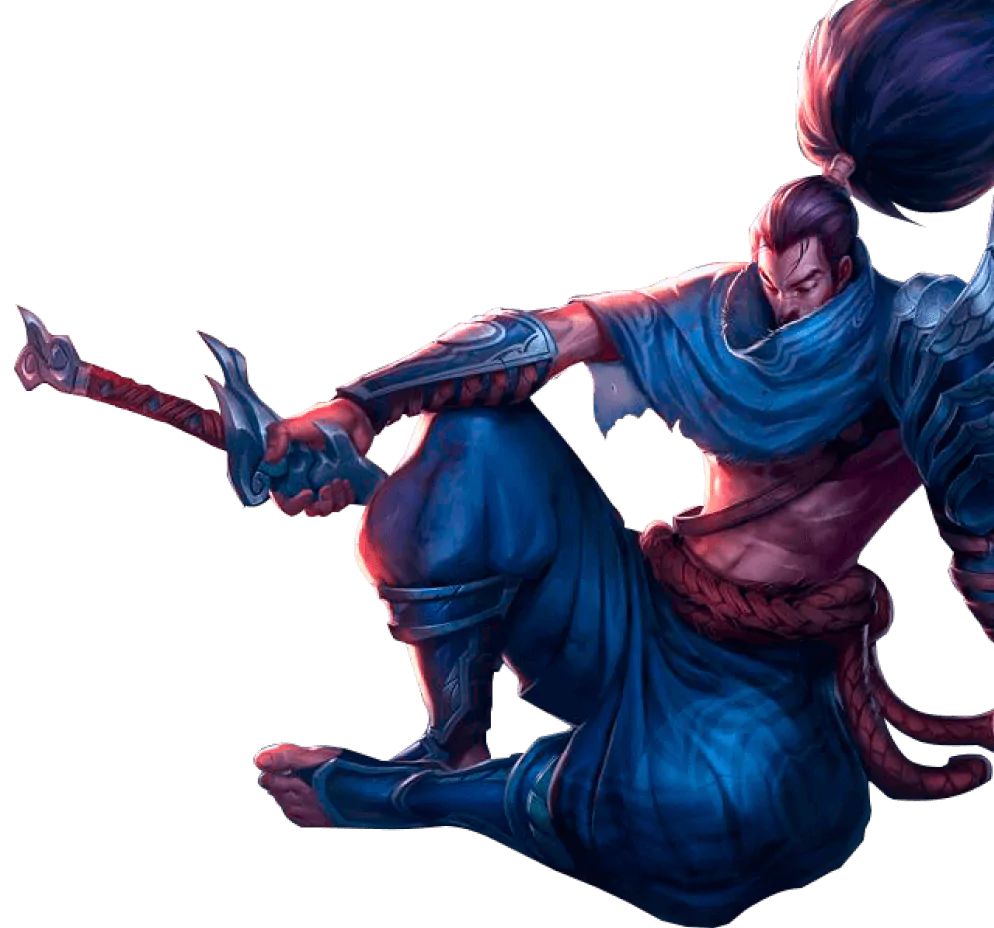
How Many Skins Are in League of Legends
Nov 29 , 2021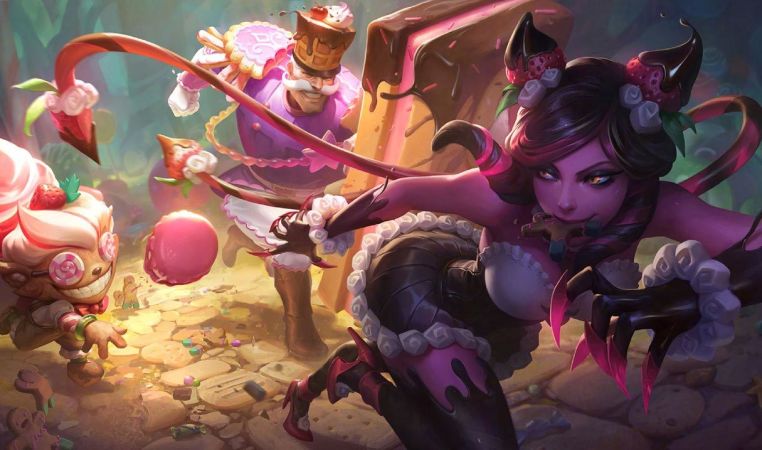
League of Legends was released in 2009 and since then, a lot of in-game content has been created for it. The reason is easy to understand: the free-to-play model means that the developer of the game, Riot Games, needed a different way of making money. In part, the company opted for a strategy revolving around the player’s need to buy champions. But to a large extent, its monetization strategy also revolves around skins.
What Are LoL Skins
LoL skins are in-game cosmetics that enhance the look, sound, and feel of a particular champion. They range from very basic to very complex and are loved by millions of players worldwide.
Given that League of Legends was played by hundreds of millions of people over the years and that its number of champions is over 150, it’s understandable why more than 1000 skins were created. The exact number isn’t known and it changes every month, but it’s estimated that the number of LoL skins in circulation is somewhere around 1400 – 1500. Many of these are no longer available in the Store and can only be obtained by purchasing an old LoL account.
Right now, the champion with the highest number of skins is Miss Fortune. She has around 15 outfits in her collection, which is understandable if you think about.
Tiers of LoL Skins
Skins can be classified into multiple tiers, such as ultra rare, rare, semi-rare, and common. As the classification suggests, ultra rare skins are the hardest to find. These are skins that were offered a long time ago, for a short period of time, and as a special reward for something that the players did. Perhaps they participated in a Riot event. Or perhaps they got some in-game achievement. The important thing is that only a small number of players have them and they can’t be bought or traded anymore.
Common skins are those that can be bought from the Store. But some of them are still regarded as being highly valuable, simply because they look great and cost a lot.

